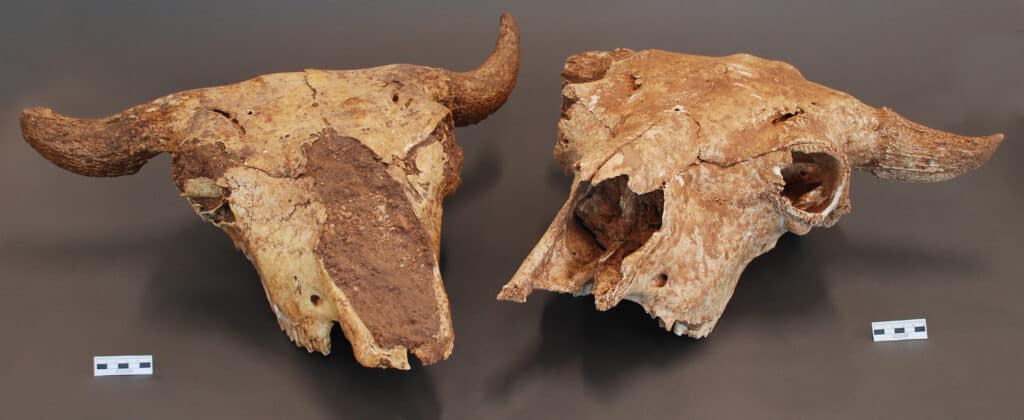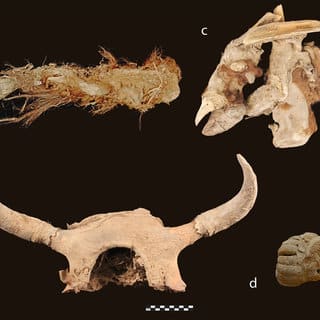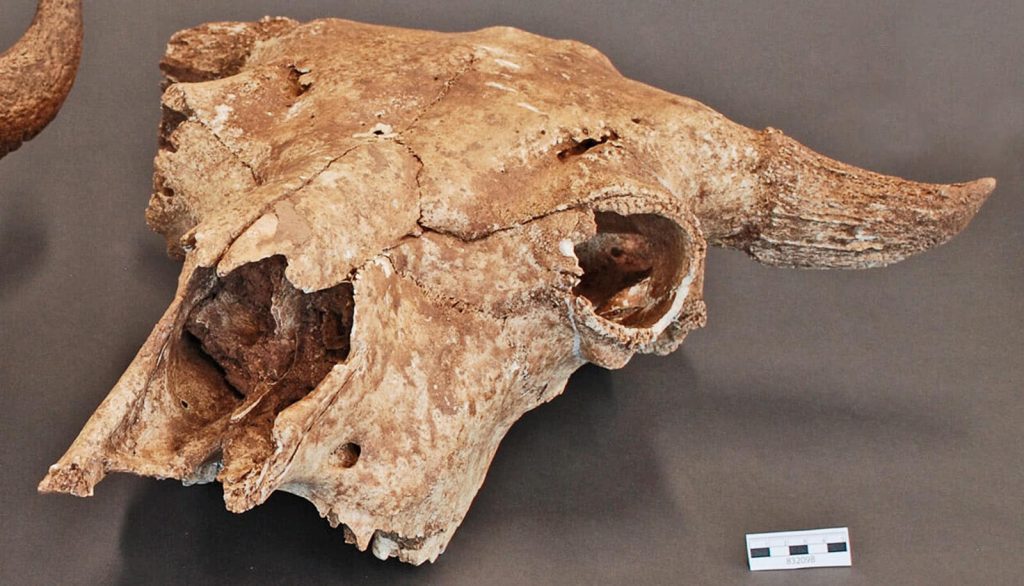The Significance of Bison Digesta in the Diets of Prehistoric Hunter-Gatherers: A Study by the University of Michigan
Prehistoric hunter-gatherers may have relied on undigested vegetal matter from the stomachs of bison and other herbivores as a source of nutrients, suggests a recent study conducted by archaeologist Raven Garvey from the University of Michigan.
The study focused on digesta, which refers to the undigested plant material found in the stomachs of herbivorous animals. Garvey’s research indicates that bison digesta could have played a significant role in the diets of early hunter-gatherer societies. Digesta from various species could have provided important calories and nutrients like carbohydrates, proteins, and fats.
Garvey’s models demonstrate that a group of 25 adult foragers could obtain enough proteins and carbohydrates from the digesta of a single bison to meet the nutritional recommendations of the United States Department of Agriculture (USDA) for three days, without the need for any additional food sources. Failure to recognize the significance of this underappreciated resource could have significant implications for studies addressing important questions in evolutionary anthropology.
Taking digesta into account as a source of both kilocalories and carbohydrates leads to different predictions compared to foraging models that overlook this resource. If hunter-gatherer societies had access to sufficient digesta, they would experience less pressure to forage for fresh plants and could potentially allocate more time to other activities.
For further information on the topic of hunter-gatherer societies, you can refer to the article titled “Last Stand of the Hunter-Gatherers?”
Hits: 3






